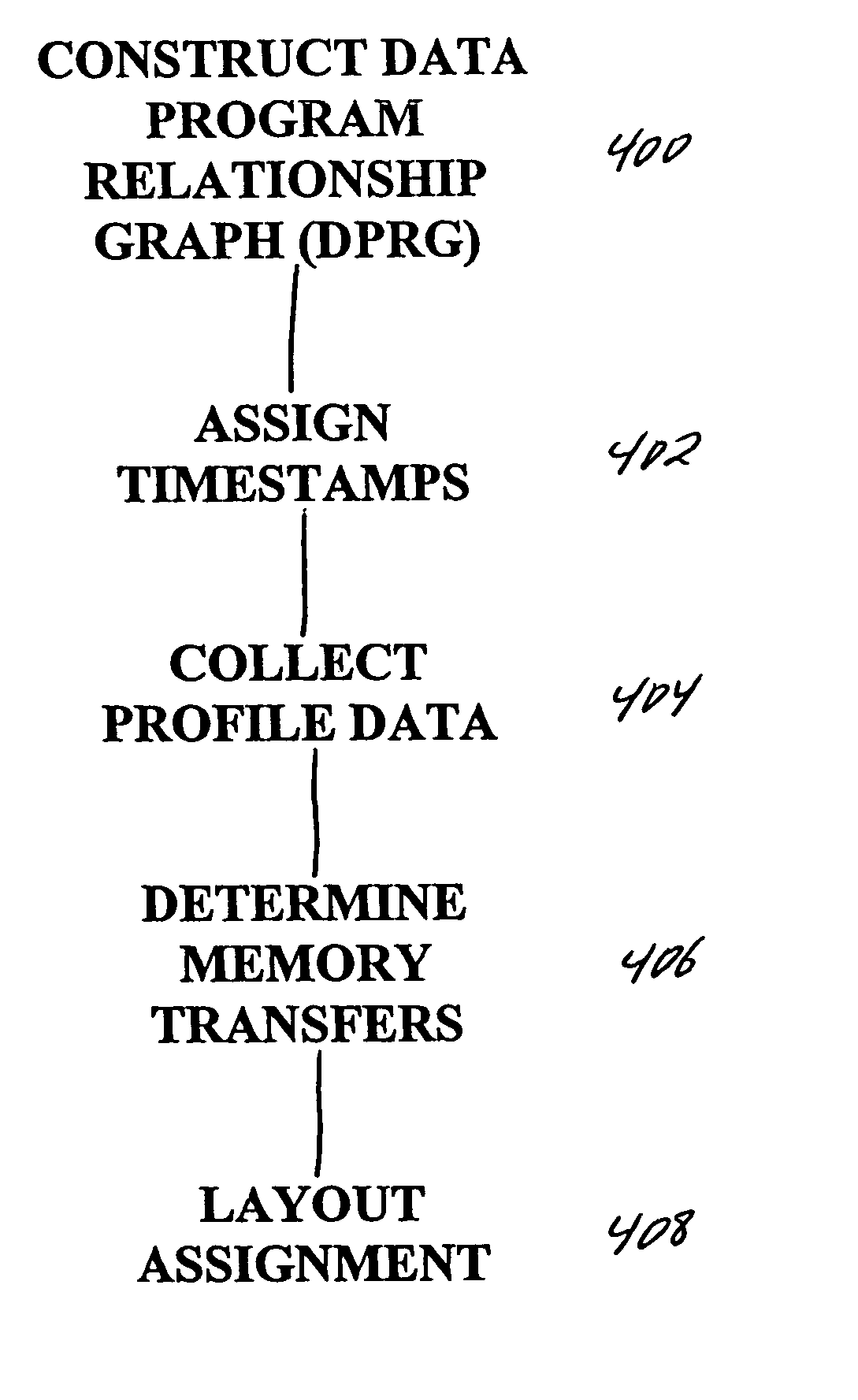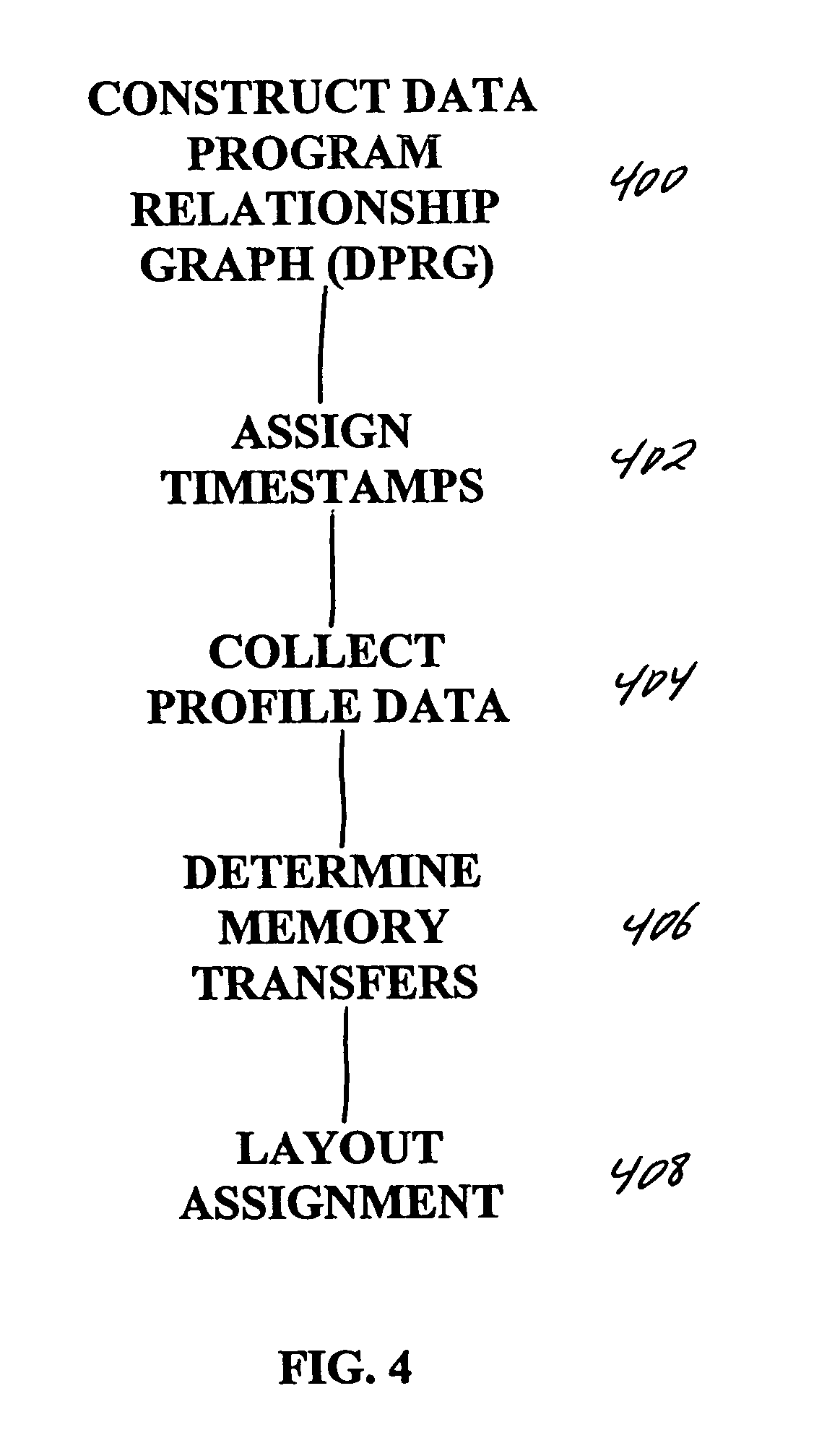Compiler-driven dynamic memory allocation methodology for scratch-pad based embedded systems
a memory allocation and memory allocation technology, applied in the field of memory allocation algorithms for embedded systems, can solve the problems of affecting the performance of embedded systems, so as to achieve the effect of avoiding the overhead of software caching and low overhead
- Summary
- Abstract
- Description
- Claims
- Application Information
AI Technical Summary
Benefits of technology
Problems solved by technology
Method used
Image
Examples
Embodiment Construction
[0031]The present disclosure presents a compiler-driven memory allocation scheme for embedded systems that have SRAM organized as a scratch-pad memory instead of a hardware cache. Most existing schemes for scratch-pad rely on static data assignments that never change at runtime, and thus fail to follow changing working sets; or use software caching schemes which follow changing working sets but have high overheads in runtime, code size memory consumption and real-time guarantees.
[0032]The disclosed methodology as implemented by the described algorithm presents a scheme that follows changing working sets by moving data from SRAM to DRAM, but under compiler control, unlike in a software cache, where the data movement is not predictable. Predictable movement implies that with the disclosed methodology the location of each variable is known to the compiler at each point in the program, and hence the translation code before each load / store needed by software caching is not needed. When c...
PUM
 Login to View More
Login to View More Abstract
Description
Claims
Application Information
 Login to View More
Login to View More - R&D
- Intellectual Property
- Life Sciences
- Materials
- Tech Scout
- Unparalleled Data Quality
- Higher Quality Content
- 60% Fewer Hallucinations
Browse by: Latest US Patents, China's latest patents, Technical Efficacy Thesaurus, Application Domain, Technology Topic, Popular Technical Reports.
© 2025 PatSnap. All rights reserved.Legal|Privacy policy|Modern Slavery Act Transparency Statement|Sitemap|About US| Contact US: help@patsnap.com



